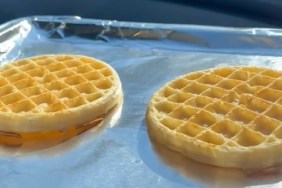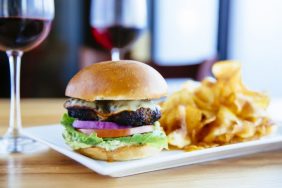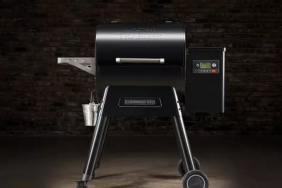Photo: Getty Images
Microwave cooking has become a way of life for all of us. Whether it’s the college student heating water for ramen noodles, or the busy family reheating leftovers for an on-the-go dinner, the microwave is firmly ingrained in our daily way of living in the United States, and that’s not going to change any time soon.
As ingrained as it is, some people still haven’t really mastered the art of using the microwave. You know the type, the one who still burns popcorn even though the popcorn button on the face is pre-set to the correct time and temperature.
We’re going to change that today. There are a few things you should understand about your favorite appliance, and microwave cooking times in general.
Let’s look at some.
Also: Experience a New Way of Dining With These Cook Your Own Food Restaurants
Power Levels
These are adjustable on most microwaves. Microwave cooking times don’t mean much of anything if you aren’t on the right power level. For example, when reheating food it’s typically best done at temperatures below “High,” which has pretty much become our default setting for everything.
If you’ve ever wondered why your steak or chicken turns out dry after microwaving it, well that’s a whole science lesson, but what I can tell you is reheating foods – meat in particular – at a setting that is about 50% of your total power produces heated food without the dryness you’d experience reheating on high.
Let’s look at some of what you can make in a microwave, and just how long you should cook it. The following figures are assuming you don’t live at high elevations (which require longer cook times in a microwave – or on the stove) and your microwave is a relatively standard 1100 watt appliance.
Butter
For perfectly spreadable butter, turn the power to 50% and run the microwave for 5 to 10 seconds depending on the temperature, the consistency you desire, and the type of butter (additives affect melting temperatures).
Leftover Steak
Let the steak set to room temperature before attempting to microwave. After that, turn the power setting to medium (or 50% of total power), and cook for 30 seconds. Check the steak with your finger to test for temperature. Add time as needed up to about 90 seconds. Anything over that and you’re eating beef jerky.
Baked Potato
Wash and dry the potato. Prick it with a fork and cook on full power for about 5 minutes. Turn it over and cook for another 4 minutes. If you find the skin getting overcooked cook the potato in a small container of water for the same amount of time.
Pizza
Skip the microwave and heat it in the oven or on a skillet for better results.
Rice & Rice Dishes
Sprinkle a few droplets of water over the rice to avoid drying it. Top with a paper towel and cook on about 75% of total power for about 90 seconds (depending on amount).
Raw Chicken Breast
Microwave on high for 3 to 4 minutes per breast. If you find the chicken is getting dry when cooking in the microwave, many suggest cooking it in a water that goes about half way up the breast and then flipping it halfway through cooking. Test with a meat thermometer to ensure the breast is 165-degrees before eating.
Bacon
Place bacon on a paper towel-covered plate. Put another paper towel on top and cook for 4-6 minutes until it reaches the desired level of crispiness.
Raw Steak
Season steak as you normally would and add to a microwave safe plate. Heat for six minutes on high. Remove and flip the steak. Place it back in the microwave for 90 seconds for rare, two minutes for medium-rare, three and a half minutes for medium, four minutes for medium-well or five minutes for well done.
Now, go fire up the microwave and get to work.









